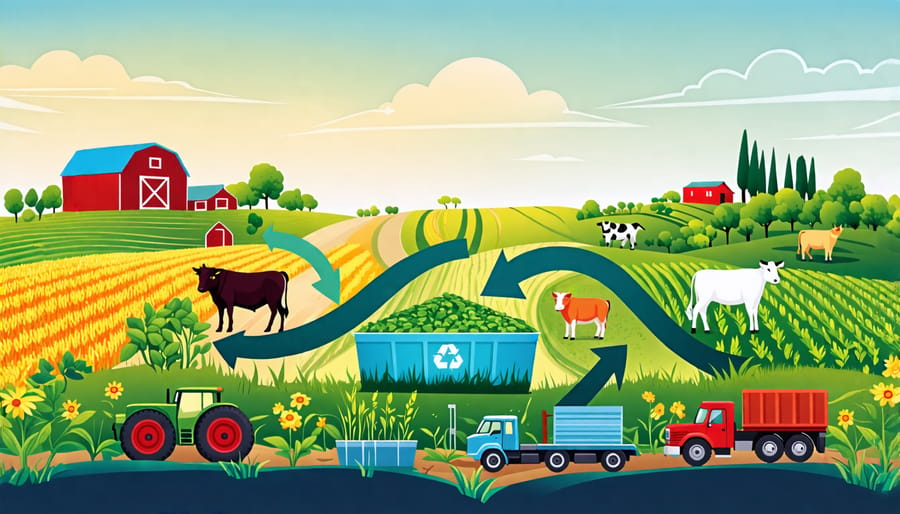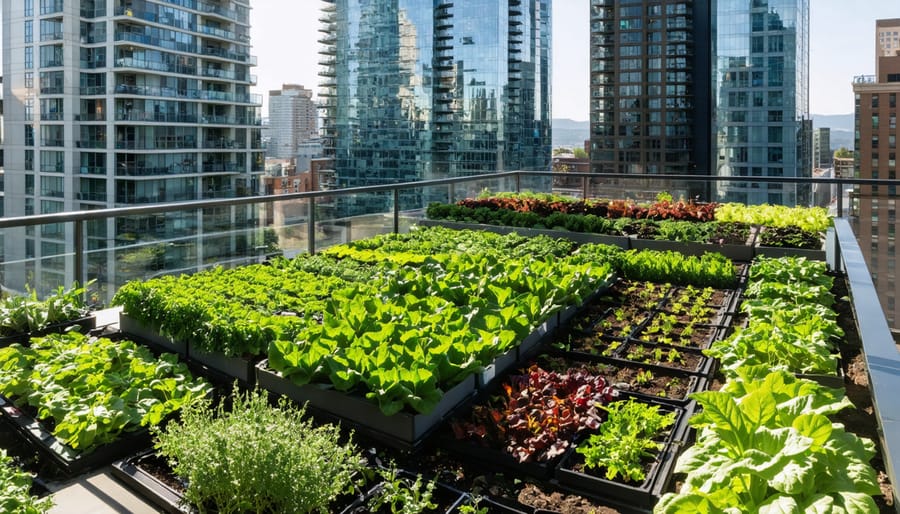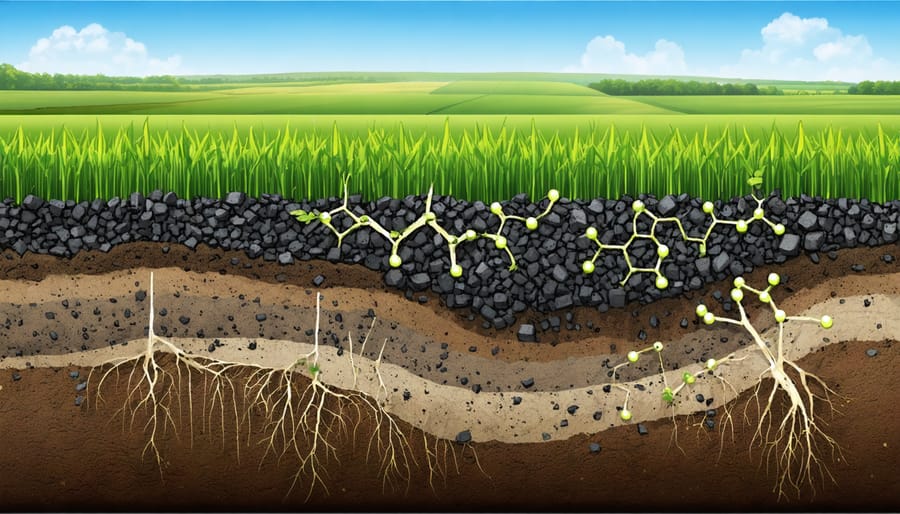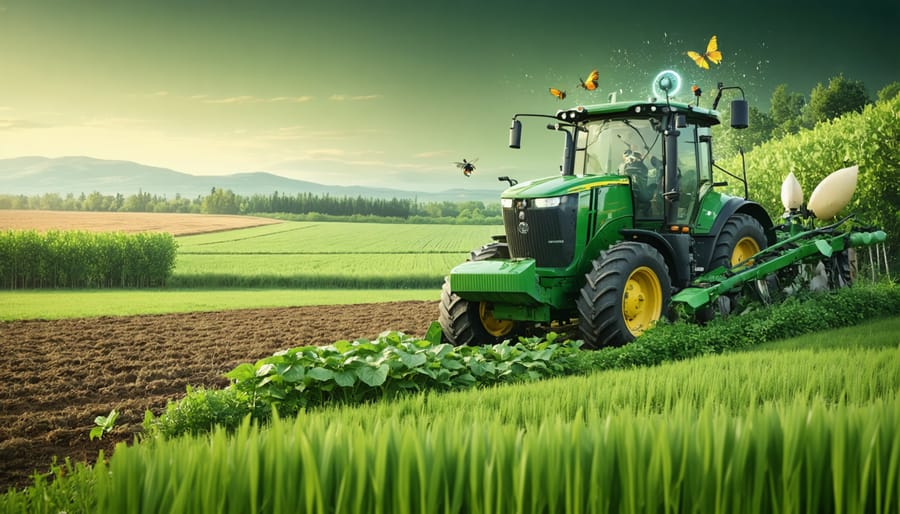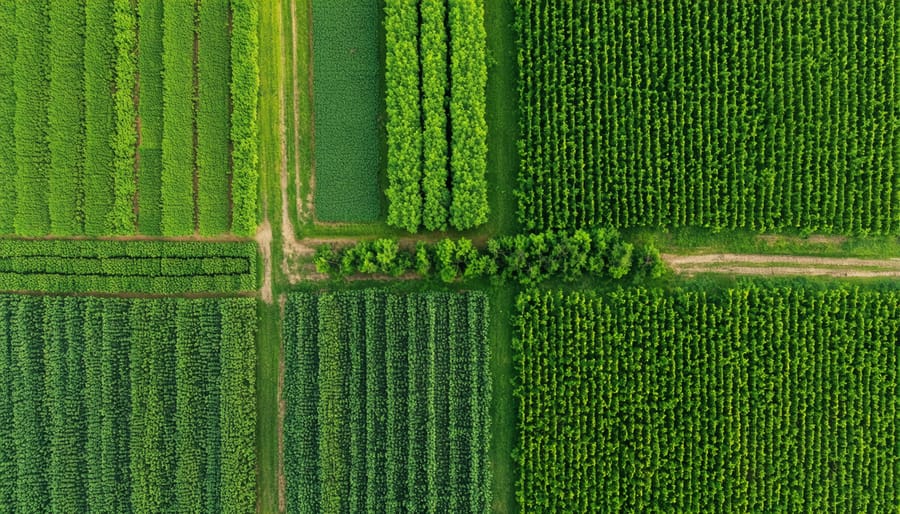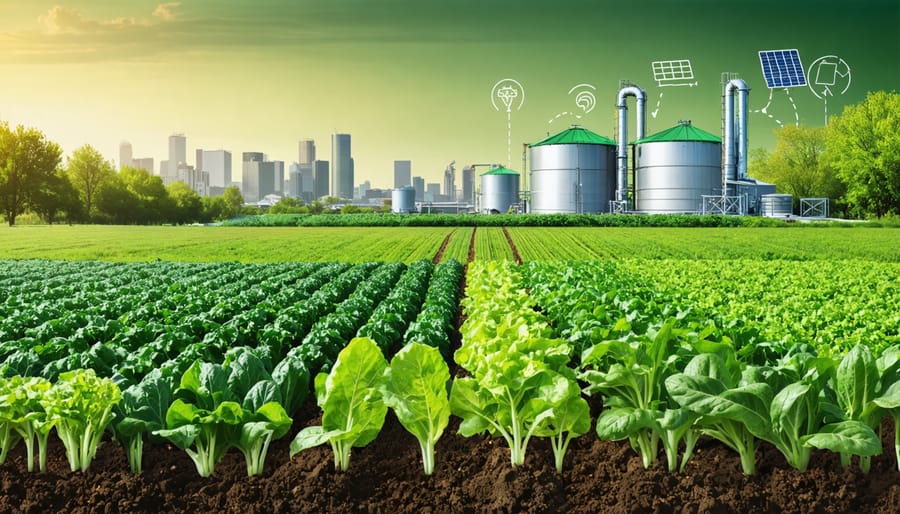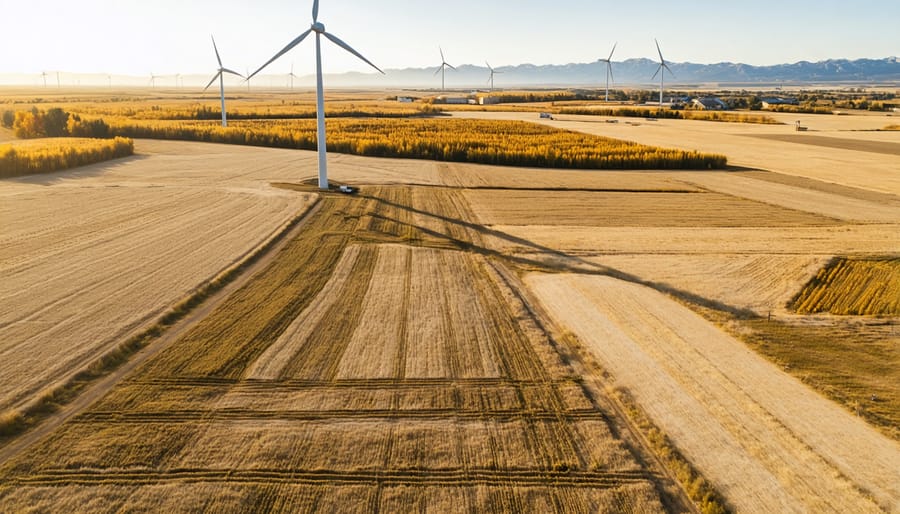Embrace the principles of reduce, reuse, and recycle in every aspect of your agricultural operations to minimize waste and maximize resource efficiency. Close the loop by turning outputs from one process into inputs for another, such as composting crop residues to create nutrient-rich soil amendments that boost crop yields and environmental benefits. Collaborate with other farmers, businesses, and communities to create symbiotic relationships where one’s waste becomes another’s resource, fostering a resilient and interconnected circular economy that benefits all.
Principles of a Circular Economy
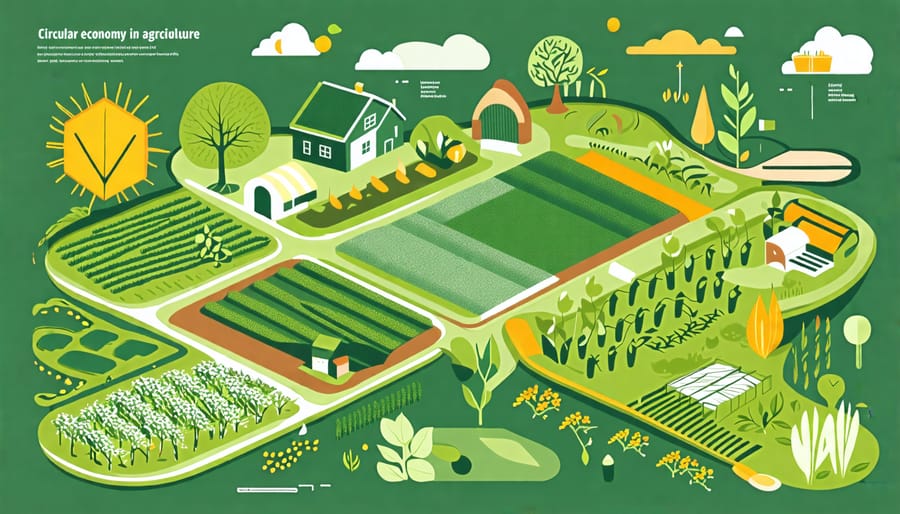
Designing Out Waste
To minimize waste in agriculture, farmers can adopt precision farming techniques, using technology to optimize inputs and reduce excess. Composting organic waste and using it as fertilizer closes nutrient loops. Crop rotation and cover crops improve soil health, reducing the need for synthetic inputs. Partnering with local food banks and community organizations to donate excess produce helps reduce food waste while supporting those in need. Farmers can also explore value-added processing to transform imperfect produce into new products. By implementing these strategies, Canadian farmers can play a crucial role in designing out waste and fostering a more sustainable agricultural system.
Keeping Resources in Use
Extending the life cycle of agricultural resources and products is a key aspect of a circular economy. One approach is to prioritize durable, repairable equipment and infrastructure that can be maintained and upgraded rather than replaced. Farmers can also explore opportunities to reuse by-products, such as repurposing crop residues for livestock bedding or composting. Implementing regenerative practices like cover cropping and crop rotation helps build soil health, reducing the need for external inputs. Collaborating with local businesses and communities to create closed-loop systems, where waste from one process becomes an input for another, keeps resources in use. By adopting these strategies, Canadian farmers can optimize resource efficiency and minimize waste while supporting a thriving, sustainable agricultural sector.
Regenerating Natural Systems
In a circular economy, regenerating natural systems is paramount, especially in agriculture. By adopting practices like crop rotation, cover cropping, and reduced tillage, farmers can improve soil health, enhance biodiversity, and sequester carbon. These methods not only restore the land but also lead to more resilient crops and reduced reliance on synthetic inputs. Agroforestry, which integrates trees into agricultural landscapes, can further enhance ecosystem services while providing additional income streams. As stewards of the land, Canadian farmers have the opportunity to lead the way in regenerative agriculture, ensuring the long-term productivity and sustainability of our food systems for generations to come.
Circular Economy in Canadian Agriculture
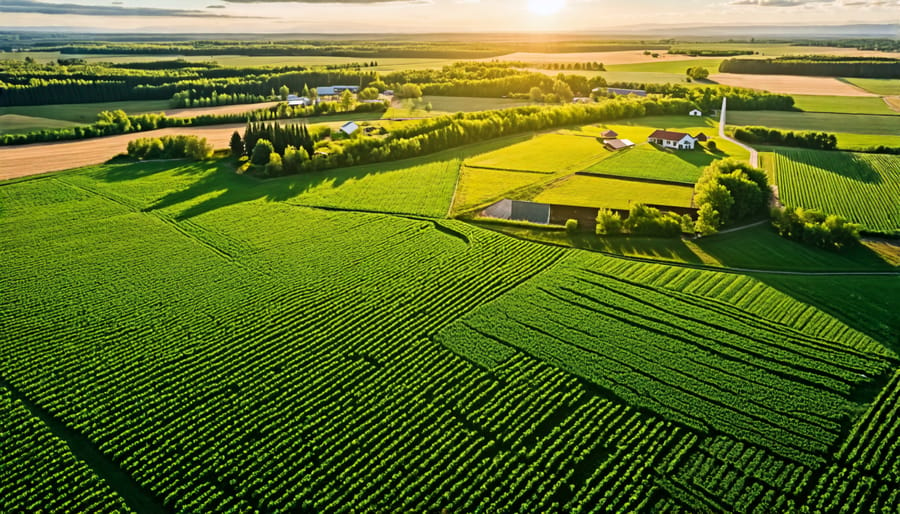
Case Studies
Several Alberta farms are already embracing circular economy principles, demonstrating the viability and benefits of this approach. One notable example is the Chin Ridge Seeds farm near Taber, which has implemented a closed-loop system for their seed cleaning operation. By using the byproducts from seed cleaning as livestock feed and composting the manure to fertilize their fields, they’ve reduced waste and external inputs.
Another inspiring case study is the Gruger Family Fungi farm in Nisku, which grows gourmet mushrooms on spent coffee grounds collected from local cafes. This innovative approach not only diverts waste from landfills but also creates a valuable product. The farm also uses the spent mushroom substrate as a soil amendment, completing the circular cycle.
These Alberta farms adopting circular practices showcase the ingenuity and commitment of our agricultural community. By sharing their stories and experiences, we can inspire more farmers to explore how they can integrate circular principles into their own operations, contributing to a more sustainable and resilient agricultural sector in the province.
Challenges and Opportunities
While transitioning to a circular economy presents challenges, it also offers significant opportunities for Canadian farmers. One major barrier is the initial investment required to adopt new technologies and practices. However, government incentives and long-term cost savings can offset these expenses. Resistance to change and lack of awareness are other obstacles, but education and community support can help overcome them.
On the other hand, embracing circularity can lead to increased profitability through reduced input costs and new revenue streams from waste-derived products. Improved soil health and biodiversity resulting from regenerative practices can boost crop yields and resilience. Collaborating with other industries can create symbiotic relationships and innovative solutions. Moreover, adopting circular principles can enhance the sustainability reputation of Canadian agriculture, meeting consumer demands for eco-friendly products.
As stewards of the land, farmers have a unique opportunity to lead the transition to a circular economy. By starting small and gradually scaling up, sharing knowledge with peers, and engaging with supportive organizations, Canadian farmers can turn challenges into opportunities and build a more resilient and prosperous agricultural sector.
Practical Steps for Farmers
Soil Health Management
Improving soil health is a key aspect of a circular economy in agriculture. One effective strategy is implementing organic no-till farming, which minimizes soil disturbance while building organic matter. This approach reduces erosion, improves water retention, and enhances nutrient cycling. Cover cropping is another valuable tool, as it protects the soil, suppresses weeds, and adds diversity to crop rotations. Planting a variety of cover crops, such as legumes and grasses, can fix nitrogen, improve soil structure, and provide valuable forage for livestock. Composting is also essential, as it recycles organic waste into a nutrient-rich amendment that enhances soil fertility and microbial activity. By adopting these circular practices, Canadian farmers can regenerate their soils, reduce reliance on external inputs, and create a more resilient and sustainable agricultural system that benefits both the environment and their bottom line.
Resource Efficiency
Resource efficiency is a cornerstone of the circular economy in agriculture. By optimizing resource use and minimizing waste, farmers can reduce costs, improve sustainability, and contribute to a healthier environment. One key strategy is precision agriculture, which uses technology like GPS and sensors to apply inputs like water, fertilizer, and pesticides more accurately and efficiently. This reduces waste and environmental impact while improving yields.
Another approach is to adopt regenerative farming practices that build soil health, such as cover cropping, crop rotation, and reduced tillage. These practices can improve soil structure, increase organic matter, and enhance nutrient cycling, reducing the need for external inputs. Farmers can also explore opportunities to reuse and recycle resources on the farm, such as composting crop residues and animal manure to create nutrient-rich soil amendments. By closing resource loops and minimizing waste, farmers can create a more efficient and resilient agricultural system that benefits both their bottom line and the environment.
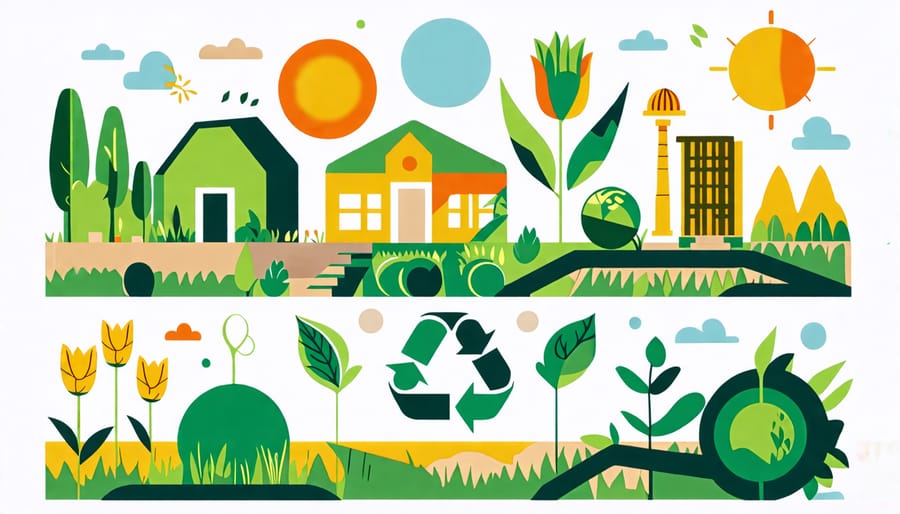
Community Collaboration
Transitioning to a circular economy requires collaboration and partnership between farmers, local communities, and businesses. By fostering strong relationships and working together, farmers can create closed-loop systems that benefit everyone involved. For example, farmers can partner with local restaurants and grocery stores to supply them with fresh, sustainably grown produce while also receiving food waste to use as compost or animal feed. This not only reduces waste but also strengthens the local economy and food system.
Farmers can also collaborate with local communities to establish community-supported agriculture (CSA) programs, where community members invest in a farm’s harvest and receive regular shares of the produce. This model provides farmers with upfront capital and a guaranteed market, while consumers gain access to fresh, locally grown food and a deeper connection to the farm.
Additionally, farmers can work with local schools, community gardens, and educational programs to share knowledge about sustainable agriculture practices and inspire the next generation of farmers. By engaging with the community and building relationships, farmers can create a strong foundation for a thriving circular economy that benefits everyone involved.
Conclusion
In conclusion, transitioning to a circular economy offers a transformative path forward for Canadian agriculture. By embracing the principles of reducing waste, optimizing resource use, and regenerating natural systems, farmers can enhance their sustainability, profitability, and resilience. The case studies highlighted in this article demonstrate the tangible benefits of circular practices, from improved soil health and reduced input costs to new revenue streams and strengthened local communities.
While challenges exist, the opportunities presented by a circular economy are vast. By collaborating with fellow farmers, engaging with supportive organizations, and leveraging innovative technologies, Canadian farmers can overcome obstacles and unlock the full potential of circular agriculture. The time to act is now.
We encourage all farmers to take the first steps towards a circular future. Start by assessing your current practices, identifying areas for improvement, and seeking out resources and guidance. Connect with like-minded farmers, attend workshops and webinars, and explore funding opportunities to support your transition.
Together, we can build a thriving, sustainable, and circular agricultural sector that benefits farmers, communities, and the environment. Let us embrace this opportunity to shape a better future for Canadian agriculture, one farm at a time.

